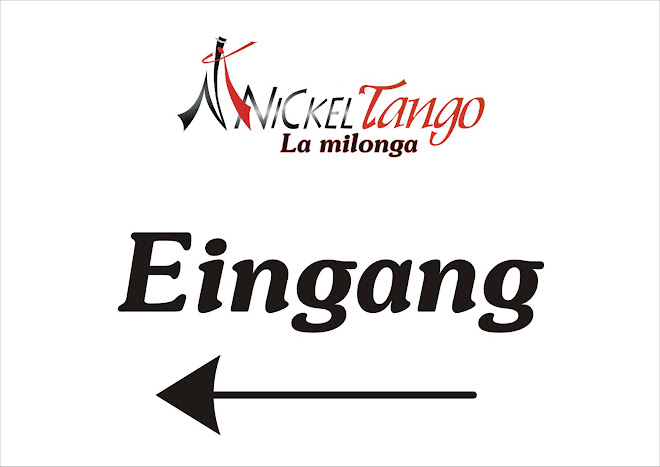* The fact that nickel is usually used to make coins and Tango is used like coins in our daily life isn´t enougth reason for this name...
* Perhaps it would be because in tango the bodies are like magnets, and nickel it´s a common covering for magnets... but is not really the reason.
To explain you Why "Nickel Tango" we have to study a little more of history...
A little bit of Nickel History:
The use of this element is ancient but the ores of nickel were easily mistaken for ores of silver, was mostly taken as an impurity of copper ; any understanding of this metal and its use dates to more contemporary times.
Mining activity in the Saxony region of Germany eventually led to nickel’s discovery. In 1750 copper smelters in Saxony uncovered a peculiar copper ore that was slightly lighter in color than usual. When processed and refined, this ore yielded an unusual form of copper that was particularly bright and silvery. This strange form of copper was also found to have distinctly different material properties. It was extremely hard and could not be made malleable despite the repeated attempts of the smelters. The new metal became known as Kupfernickel which roughly translates to “copper with the Devil in it”; this name, "Nickel" cames from the old voice of "Nikker" wich means worthless, disgusting and satanic...
A little bit of Tango History:
Since the beginning, tango was marginalized, almost the "good people" branded it a Diabolic dance, the meaning of tango was linked to crime and prostitution. Those educated persons fougth against this new expresison.
The dance was originated in Buenos Aires and Montevideo, during the late 19th century. The music derived from the fusion of music from. The word Tango seems to have first been used in connection with the dance in the 1890s. Initially it was just one of the many dances, but it soon became popular throughout society, as theatres and street barrel organs spread it from the suburbs to the working-class slums, which were packed with hundreds of thousands of European immigrants.
The dance was soon found on the street, in bars, dance halls, and in the upper class venues such as the Teatro Opera, which started organizing balls that included tangos in 1902.
So, in conclusion the nickel that today is a important component of our tools, coins, batteries, magnets, and nickel alloys with superelastic and shape memory properties, it get in our life in century XIX, and came to stay… like the Tango, dance borned in the suburbs of a city full of histories of love and pain…
17 September 2007
Why "Nickel Tango"?
Labels:
Why
![]()
Subscribe to:
Post Comments (Atom)



No comments:
Post a Comment